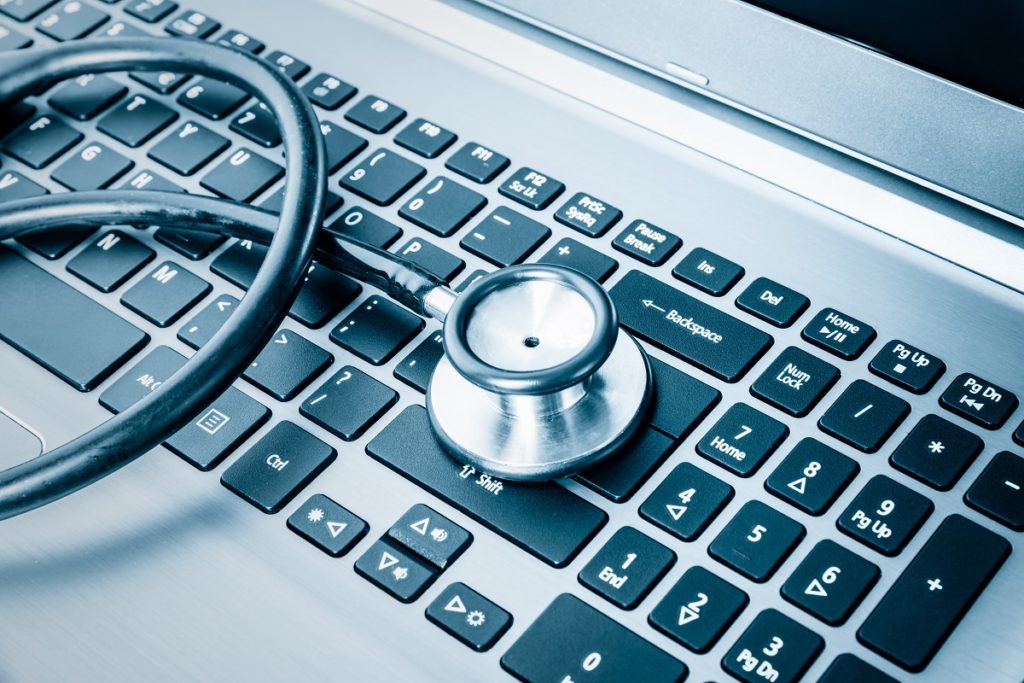Like in any other industry, technology has significantly improved medicine and health care. Among the many types of innovations, software and applications have had some of the most impactful effects on the health industry.
Within the category of software, there are still a lot of differences between these systems. In order to better understand how software and applications help, here are the six most common types out there.
Electronic Health Record Software
Under the Electronic Health Record classification, software systems hold patient information like medical records and personal data. These pieces of information are stored online and can be accessed by limited users from different locations through the internet. These applications aim to provide a secure, efficient, and readily-accessible system of storing patient data.
Given the sharing nature of these types of software systems, innovations can also come from users themselves. According to the University of Illinois at Chicago, Cleveland Clinic won anaward for making improvements on the Electronic Health Record software they were using.
Medical Database Software
 Medical databases also hold patient information like Electronic Health Records. The biggest difference between them is that these databases are mostly categorized into different diseases. These systems help medical professionals review previous cases similar to what they have at the moment and ultimately help them decide on the course of action.
Medical databases also hold patient information like Electronic Health Records. The biggest difference between them is that these databases are mostly categorized into different diseases. These systems help medical professionals review previous cases similar to what they have at the moment and ultimately help them decide on the course of action.
Medical Diagnosis Software
These kinds of programs allow medical professionals to share information gathered and their ideas about a patient to help come up with the best diagnosis. Doctors with different specialties will be able to see symptoms and phenomena through different perspectives, giving them more information to work with.
Imaging and Visualization Software
Along with developments in actual technological imaging equipment, better software systems have improved visual representations of the bodies of patients, making evaluations faster and more accurate.
There are also some attempts to look into the use of digital visualizations to help plan surgeries.
E-prescribing Software
E-prescribing software systems allow physicians to connect with pharmacies directly to process prescription medication. Hospitals use this type of software to improve efficiency in providing medications and lessen its errors.
Various Management Software
The first five categories above either rely heavily on or significantly influence health care for patients. This next group of software targets the administrative sides of health care and improves the industry more through maximizing efficiency and effectiveness.
Hospitals and clinics use Appointment Scheduling software systems to reduce waiting times for patients by maximizing staffing efficiency. Through this kind of software, patients hardly need to queue up in hospitals. Similarly, Personnel Management software systems pool the availability of medical professionals to help work out schedules for patient care. Applications like SwyftOps, which specialize in home health care, also allow family members to view updates about their loved ones using the software.
Working in coordination with Electronic Health Record Systems, Medical Billing applications record and store the medical billing transactions. This prevents fraud and unnecessary procedures from being done.
This snapshot of how software innovations have elevated the health care industry is an indication of the promising role of technology to continuously improve quality of life for everyone. These software systems also often bridge gaps and make health care more accessible.



